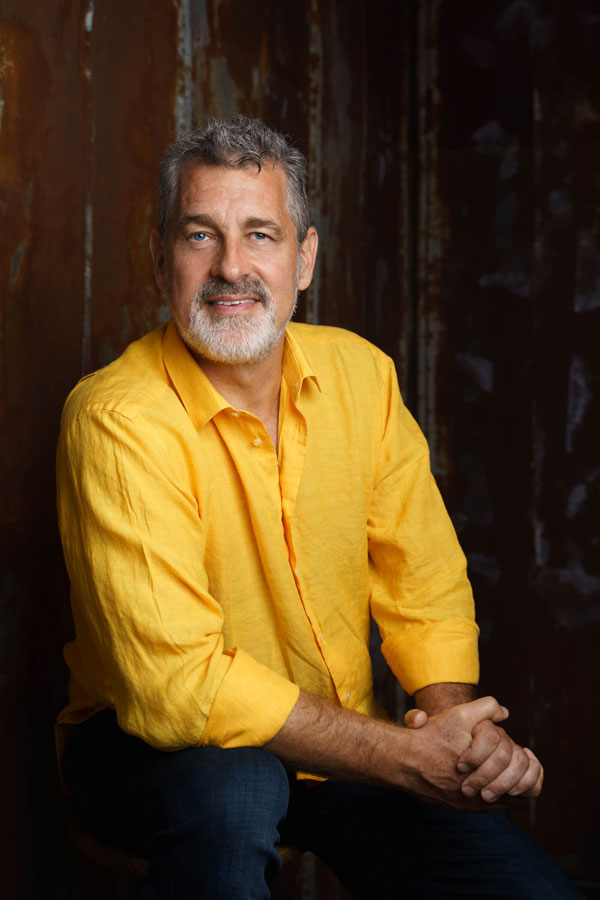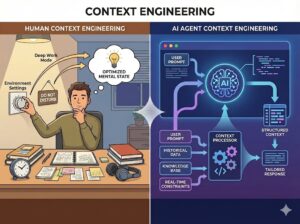Physics is the Law and Everything Else is a Recommendation
Summary Insight:
If Grok 3.5 is built from first principles, your company should be too. You can’t bolt cutting-edge AI onto a disordered organization and expect magic—first, fix the foundation.
Key Takeaways:
- Grok 3.5 uses the laws of physics—like conservation of energy and momentum—to reason from first principles.
- Organizational Physics applies the same laws to help CEOs design scalable, low-entropy companies.
- To compete in an AI-driven world, you must align your business from the ground up using first-principles thinking.
Yesterday, I watched an eye-opening interview between Microsoft CEO Satya Nadella and Elon Musk. Musk explained how xAI’s upcoming Grok 3.5—running on the massive Colossus supercluster—is built using first principles. In short, first-principles thinking means breaking down a problem to its most fundamental truths and reasoning up from there.
The idea behind Grok 3.5 is simple but profound: by rooting reasoning in foundational truths, it cuts through the noise of bad data and flawed assumptions—the Achilles’ heel of most AI models. I believe it’s a game-changing approach that will unlock major breakthroughs and real-world value.
But I had to laugh during the interview. To illustrate how Grok 3.5 reasons from first principles, Musk pointed to two foundational laws: the conservation of energy and the laws of momentum. With his usual deadpan delivery, he said, “If your idea goes against these laws, you’re either winning a Nobel Prize for rewriting physics, or it’s going to crash and burn.”
Why did I laugh? Not just at the line—but because those are the same two principles that have underpinned Organizational Physics, my framework for scaling companies using first-principles thinking, for years.
Grok 3.5 is a wake-up call. It should force CEOs to ask: Is my business also built on first principles? Because you can’t expect a world-class AI to create game-changing outcomes in a company not set-up to act on them. Imagine trying to launch a rocket from a crumbling launchpad. The rocket won’t get far—no matter how advanced the engine.
AI is the rocket. Your business is the launchpad. If the foundation is weak—if your org isn’t designed to absorb and act on AI insights—then nothing meaningful will lift off.
The wave of change coming from AI isn’t optional. It’s a forcing function. And the only way to evolve with it—at speed and scale—is to rethink how your company is designed and operated. That starts with first principles.
Organizational Physics: A First-Principles Framework for CEOs
At Organizational Physics, we’ve spent decades developing a scalable management framework rooted in first principles. It mirrors Musk’s mindset—only applied to organizational design, not AI. We’re not a “hard” science like Newtonian physics, but our system is built on six axiomatic laws: self-evident truths that help leaders cut through complexity, align teams, and execute fast.
These laws aren’t dogma. They’re mental models that provide clarity, drive decision-making, and foster communication from first principles.
You can read all six laws here, but let me give you a taste of how to apply them right now.
Think of your business as a system. It has finite energy in time—this is the Law of Conservation of Energy. To survive and grow, it must draw in new energy from the environment: customer attention, sales, capital, talent. If it doesn’t, it dies.
But even with energy coming in, your business is constantly fighting entropy—the force that drives systems toward disorder. Entropy shows up as friction, inefficiency, and waste. Like a boat with a hole in the hull, the higher the internal entropy, the harder it is to make forward progress.
Your job as CEO is to reduce entropy and increase integration—the alignment between your company’s strategy, structure, processes, and people. Only then can you generate momentum.
To do this, you need to understand:
-
The natural lifecycle stages of your company, products, and teams.
-
The forces of behavior (Producing, Stabilizing, Innovating, Unifying) that shape execution.
-
How to gather organizational mass (inertia) to drive breakthroughs.
These aren’t abstract theories—they’re battle-tested tools. For example, say you’re facing a stalled product launch. First-principles thinking lets you diagnose whether the issue is strategic, cultural, structural, or operational. With clarity, you act fast and fix the right thing. That’s Organizational Physics in motion.
Building Your Launchpad for AI
Musk’s vision for Grok 3.5 is revolutionary. But it’s only half the equation. To harness AI’s potential, your organization must be built to process, digest, and act on the insights your people and AI produce.
If your systems are misaligned, your structure outdated, your processes slow, or your culture resistant to change—AI will amplify the dysfunction, not solve it.
The parallel between Grok 3.5 and Organizational Physics is striking: both reject shortcuts and surface-level thinking. Both are rooted in universal truths. Musk grounds Grok in the laws of physics to pursue truth with minimal error. We ground organizations in physics-based axioms to turn insight into strategic execution.
In a phrase: don’t fight the physics.
Take the Next Step
If you’re a CEO serious about scaling in an AI-powered world, now is the time to rethink your business from the ground up.
At Organizational Physics, we offer books, videos, classes, and coaching to help you apply first principles to the design, growth, and execution of your company.
Visit organizationalphysics.com to get started.




